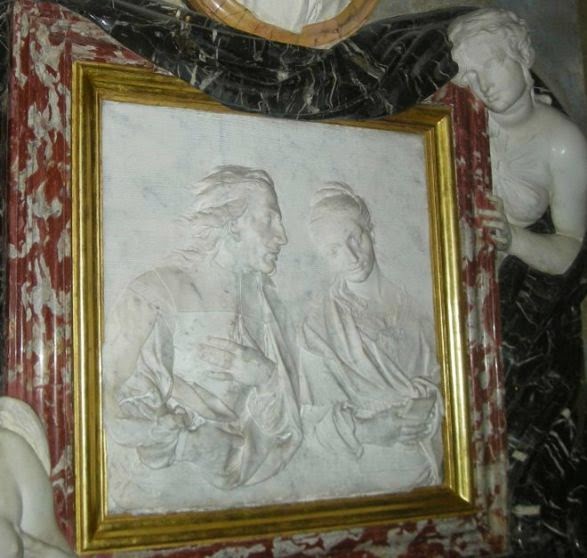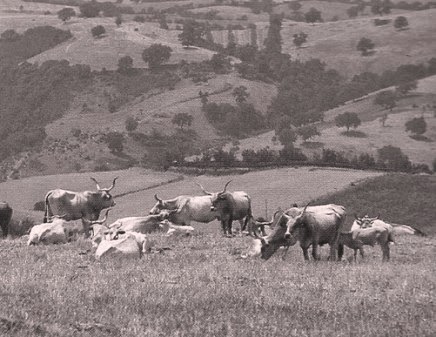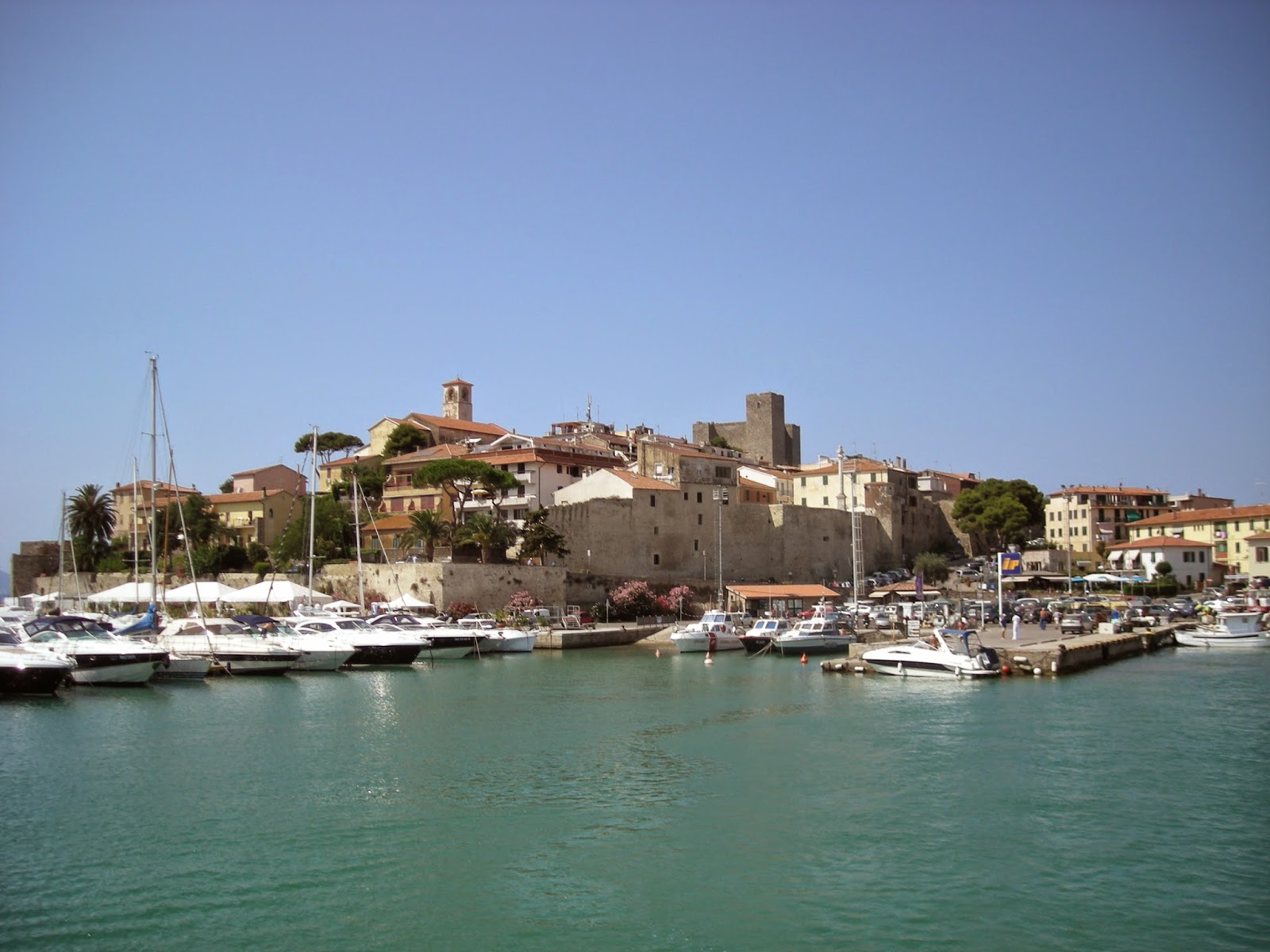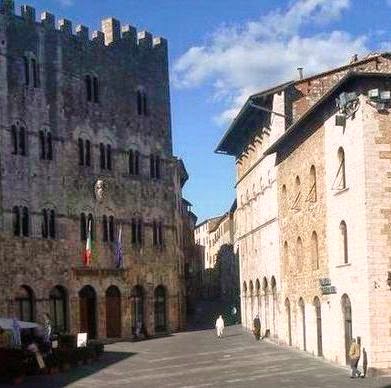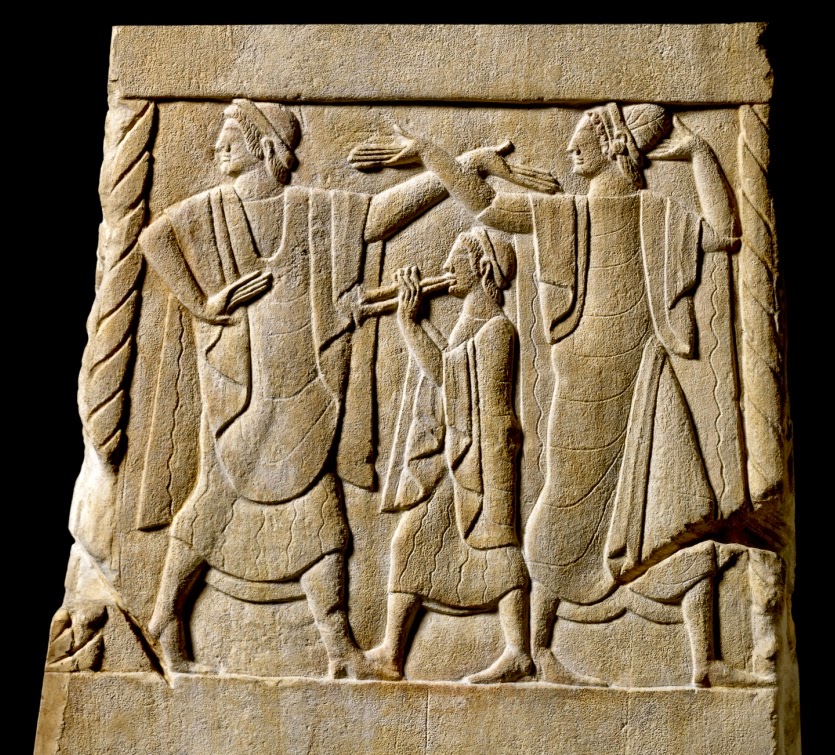old photo of the street with the palace Margherita ( American Embassy)
However, in the Via Veneto, there are some really interesting buildings.There are for example the church of the Capuchin friars with a strange museum and the ancient Porta Pinciana.
the church is famous for the crypt and many remains of friars buried on old times. Inside the church there are several paintings by artists such as Guido Reni, Giovanni Lanfranco and Domenichino.Some people speculate that a painting was done by Michelangelo Merisi called Caravaggio
The Archangel Michael, painted by Guido Reni.
Porta Pinciana is an old wall in Rome. We document this monument with an old engraving by Giuseppe Vasi.
The gate is located near the Villa Borghese Gardens at the end of Via Veneto.
°°°
The gate is located near the Villa Borghese Gardens at the end of Via Veneto.
°°°
The architecture of some hotels is often interesting. But in the restaurant of a hotel at number 70 of Via Veneto you can see also a valuable frescos by the artist Guido Cadorin. These murals were painted at the beginning of the fascist period, and historians acknowledge some people and also the journalist Margherita Sarfatti friend of Mussolini. The woman later emigrated in South America, in 1938 when Mussolini wanted the racial laws.
In Via Veneto tourists can arrive with a staircase to the beautiful church of S.Isidoro-Capo Le Case.
fountain of Api
Tritone fountain
In Via Veneto tourists can arrive with a staircase to the beautiful church of S.Isidoro-Capo Le Case.
the staircase and the church of S. Isidoro -photo by Alpy
We publish some photos of the church and the small convent.
interior of the church-photo by A.Pav
fresco in the cloister, photo by A.Pav
sculptures in the chapel Da Sylva-photo by A.Pav
The Chapel Da Sylva was commissioned by a wealthy gentleman Portuguese, friend of the sculptor Gian Lorenzo Bernini, but the chapel was largely made by colleagues of the famous artist. At the end of Via Veneto, Piazza Barberini, tourists can admire two beautiful fountains made by Bernini
Tritone fountain
Shortly far from the square there is Palazzo Barberini with important collection of paintings.
Many years ago a lot of land in the area belonged to the Ludovisi family and tourists can rarely see a famous fresco (Aurora) by Guercino in the Casino Boncompagni-Ludovisi.
°°°





